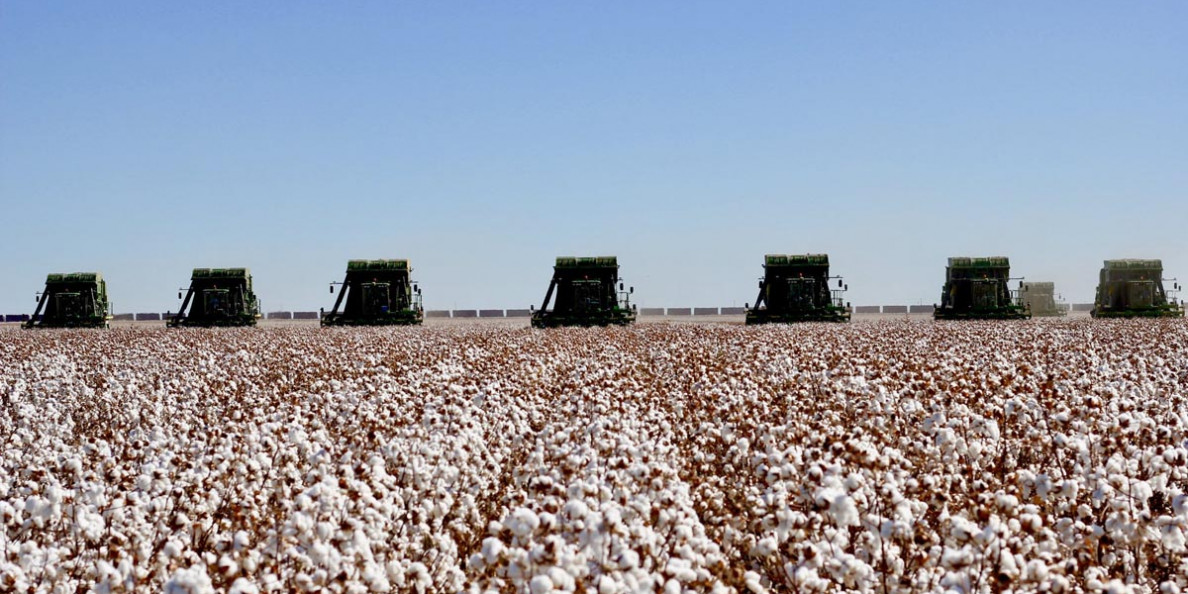USDA’s October WASDE report reflected minor net changes due to mostly offsetting adjustments to world cotton production, domestic use, and trade, across a number of countries. The biggest adjustments were concentrated in India and China, a lot of the foreign picture was relatively unchanged.
If there was any good news, it was that forecasted foreign mill use was not downsized again, as it has been in a string of previous monthly reports. The bottom line of all this was a negligible 60,000 bale decrease in world ending stocks, which would have neutral implications for 2019/20 world prices.
USDA’s October adjustments to the U.S. cotton supply and demand numbers also showed only minor adjustments to production (-150,000 bales) and unaccounted (+40,000 bales). These changes combined for a 200,000 reduction in U.S. ending stocks. While the month-over-month adjustment was neutral to price supportive, the year-over-year increase in ending stocks remains large and fundamentally bearish according to history and economic theory.
Doubtless there will be continued tinkering with the U.S. cotton balance sheet. We are still early in the harvest season. Some low yielding fields will be adjusted late in the game and probably shredded, lowering previous estimates of harvested acres and production. However, there may be offsetting levels of higher production coming from late-harvested crops all around the Cotton Belt. We’ll have to see.
But even if the U.S. production forecast is lowered some more, fewer exportable surpluses suggests a reduction in forecasted U.S. exports, and hence little change in ending stocks. In other words, I don’t see what will really change the high level of forecasted ending stocks.
The fundamental implication of having 6.5 to 7.0 million bales of ending stocks is a continuation of the price pressure that we have already seen. Indian, West African, and other competing foreign export supplies will come online after the New Year, followed by the southern hemisphere. I expect this to result in a lot of U.S. cotton going into the CCC loan program until late Spring 2020.


